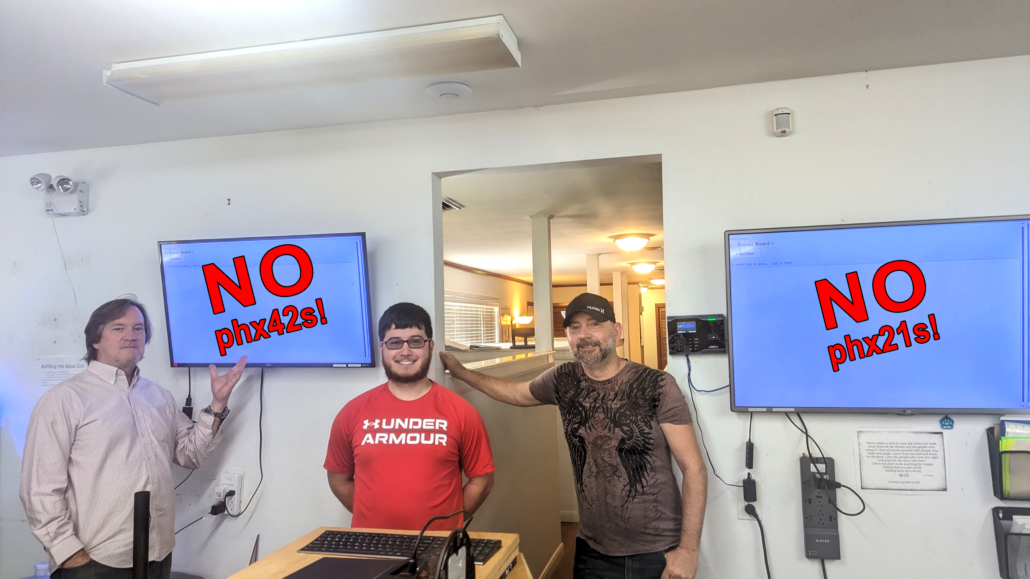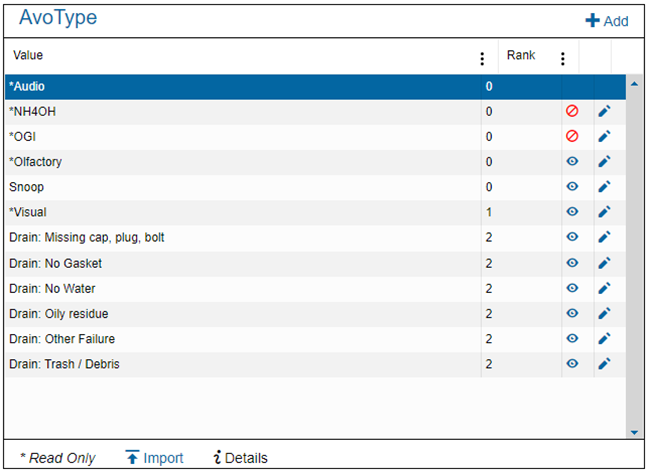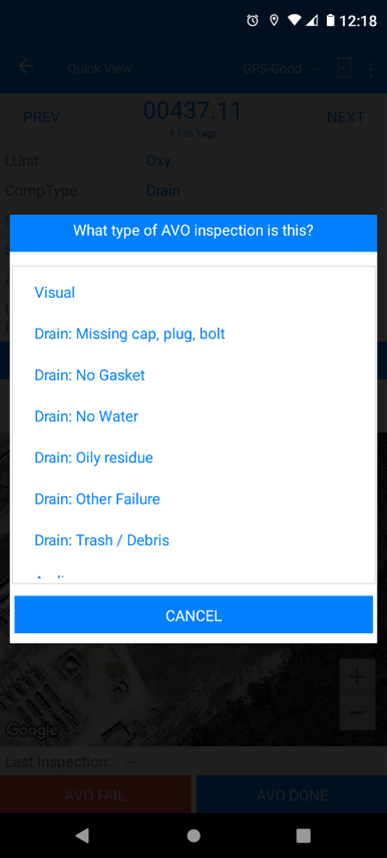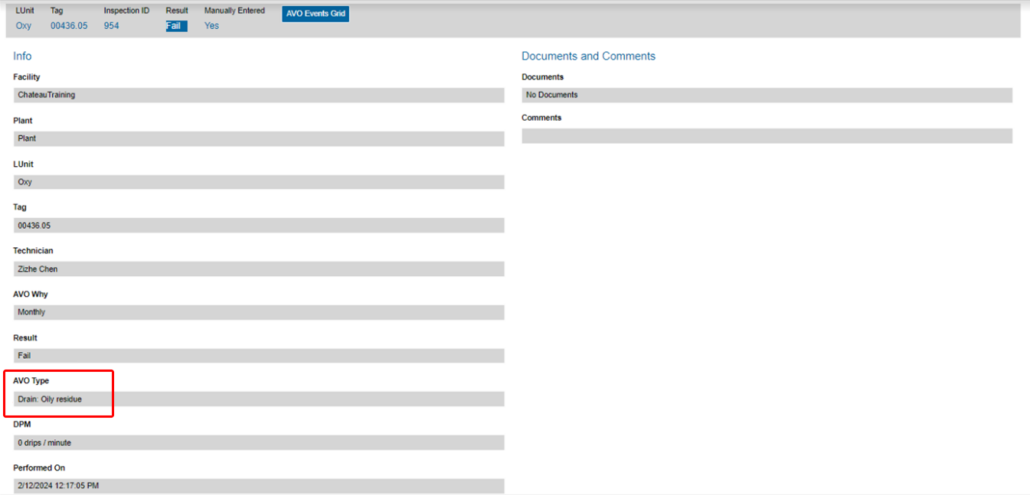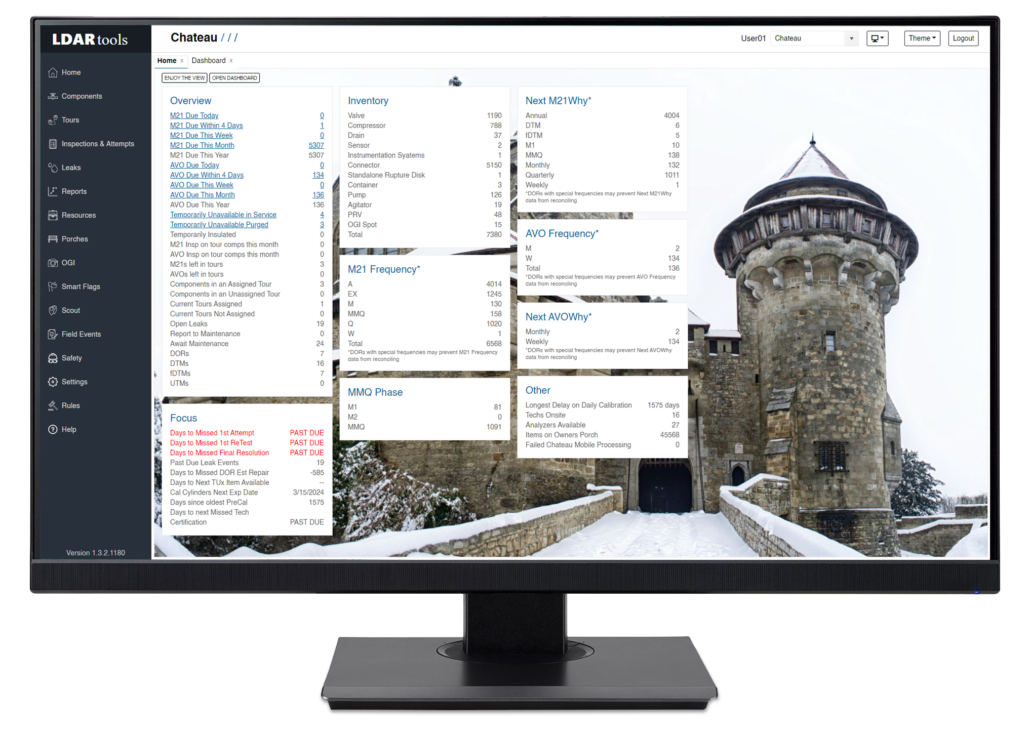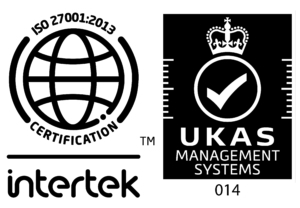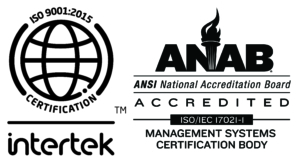Negative Flameout Values
A recent firmware update addressed the representation of negative values in the phx42. Negative values always indicate a flame-out condition, where the FID is not detecting any VOCs due to a lack of ignition. The firmware update ensures these negative values are represented in a specific manner, avoiding confusion and ensuring accurate readings. The specific negative value displayed indicates the reason the phx42 is not ignited.
| Reading | Error Message |
|---|---|
| -40 | “Pump at max power for too long, report the issue.” |
| -41 | “Probe Flow is blocked. Check Probe/ Change Filter.” |
| -42 | “Feels like you just removed my filter. Please give me a fresh filter so we can get back to work.” |
| -45 | “Looks like we just found a high PPM leak. Wait 30 seconds and reignite me. (Chamber overtemp)” |
| -46 | “Trying to ignite! If 3rd attempt fails, report the issue.” |
- Note: Most monitoring applications show this text as a popup.
Contamination During Calibration
When any analyzer is calibrated, any contamination from previous days leaks that burns off during the day can cause the readings to shift slightly. This is a linear shift across the scale. That is to say, 1 ppm (parts per million) of contamination is burned off, it will reduce ambient by 1 ppm as well as 10,000 ppm.
Previously, if the phx21 detected a value below the zero-calibrated level, it would enter a pattern of alternating 0.0 and 0.1 readings. This pattern was implemented to avoid displaying a negative value, which is not possible in practical scenarios as readings cannot be less than 0 ppm. This would result in lower readings throughout the calibration scale. All portable FIDs at the time could experience this drift, resulting in lower readings throughout the day as well as during drifts.
Calibration Adjustments to the phx42
When the phx42 is calibrated under contaminated conditions and then later burned off, causing the ppm level to drop below 0 for more than 1 minute, the calibration table is edited in real-time. This adjustment is crucial for maintaining accuracy, as it corrects all the calibration points for any leftover VOCs which may have affected the calibration process and are no longer impacting the machine.
Conditions must be met for this adjustment to take place. The firmware monitors multiple conditions to ensure the machine is ignited and running properly. If a flame out/reignition occurs, the calibration table will revert to the original version to prevent an outside factor, like a probe or filter change, from impacting this feature (the phx42 will shut down during filter or probe changes). If, after reignition, the ppm returns to negative for the required time, adjustments will be made again as appropriate.
Practical Implications
In the older portable FID models—including phx21, TVA1000, and TVA2020—negative drift would cause interruptions, requiring work stoppage, recalibration, drift failures, and rework. The phx42, with its improved firmware, eliminates these issues by ensuring readings never fall into negative territory and that accuracy is maintained.
Conclusion
The phx42 portable FID by LDARtools is an advanced instrument for VOC detection, with sophisticated firmware to handle calibration and negative values efficiently. By continuously improving its firmware, LDARtools ensures the phx42 remains a reliable and accurate tool for environmental monitoring, minimizing the need for manual interventions and providing consistent accuracy.

